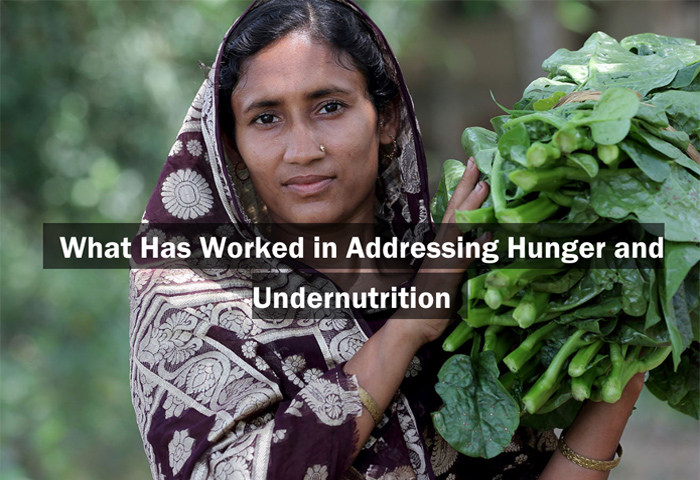Although it is improving, Bangladeshi’s hunger and undernutrition situation remains troubling. Its 2018 GHI score is 26.1, which is considered ‘serious’ and ranks Bangladesh 86th out of 119 developing world countries.
While child stunting has decreased in recent years, it remains a pressing concern (see table 4.1). This seems to be related to the nutrition status of pregnant mothers, as one out of five Bangladeshi children in 2015 were born with a low birth weight, which contributes to stunting. Studies in urban slum areas indicate that the length at birth and socioeconomic status independently influenced stunting at age 12-24 months, while dietary diversity and exclusive breastfeeding did not show significant effects. Another study in Dhaka’s Mirpur area showed that the child’s size at birth and the mother’s weight were strongly associated with the child’s height at age two. The problem is exacerbated by a high rate of teenage pregnancies. In 2014, 31 percent of the 15-19 year-old women in Bangladesh had already given birth.
According to the Bangladesh country representative of Welthungerhilfe, Philippe Dresrüsse, the government needs to promote inclusive growth and nutrition sensitive agriculture, ensuring maximum food and nutrition for women. Other factors that are attributed to a reduction in stunting, malnutrition, and child mortality are: rising household income, economic growth, improved educational background of parents and better health and sanitation systems.


See report and case studies on Global Hunger Index and the news in Dhaka Tribune.











 (17)
(17)